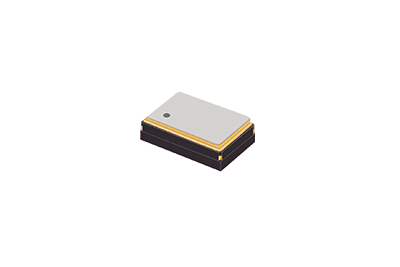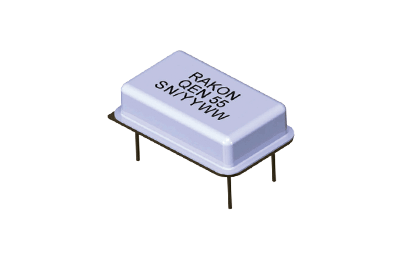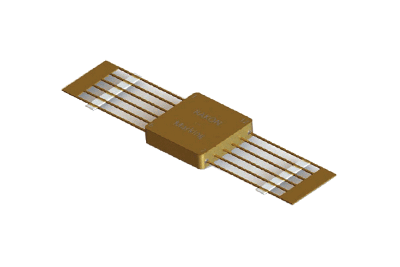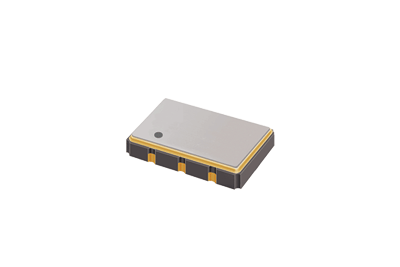XO
Our Crystal Oscillators (XOs) provide industry leading low jitter noise solutions over a wide range of frequencies. The two high-reliability XO series are ideally suited to operate within rugged and harsh environments, whereas the performance range features low jitter and low phase noise products that are ideal for applications within the positioning and telecommunications markets.
XO
Frequently Asked Questions
What are the key applications of XOs?
XOs are primarily used in reference clocks for PLLs due to their excellent low phase noise floor and RMS jitter performance. Other key applications include Ethernet, high speed ADC/DAC/SERDES, emergency beacons, optical modules and WLAN.
What is the difference between an XO and a crystal resonator?
A crystal resonator is a passive device used to build oscillators or frequency filters. An XO is an active device containing a crystal resonator, which generates a frequency signal at the desired output waveform (e.g. CMOS).
What are the differences between Sinewave, CMOS, LVPECL and LVDS output types?
Sinewave and CMOS outputs provide the best phase noise out of all these types. LVPECL and LVDS provide very good signal security to minimise external interferences and are therefore a more secure output type. The last difference is that CMOS is unable to operate at higher frequencies (greater than 200MHz), whereas sinewave, LVPECL and LVDS can operate in the GHz frequency ranges.



